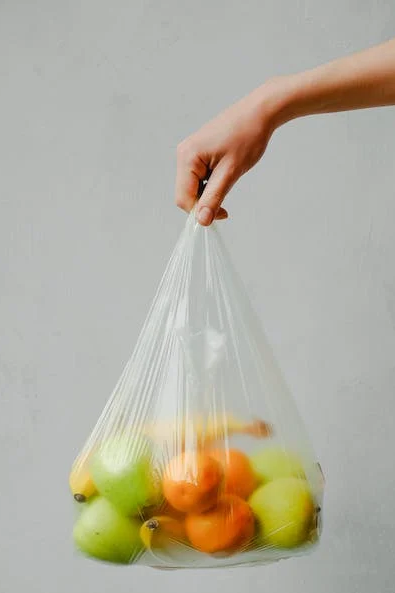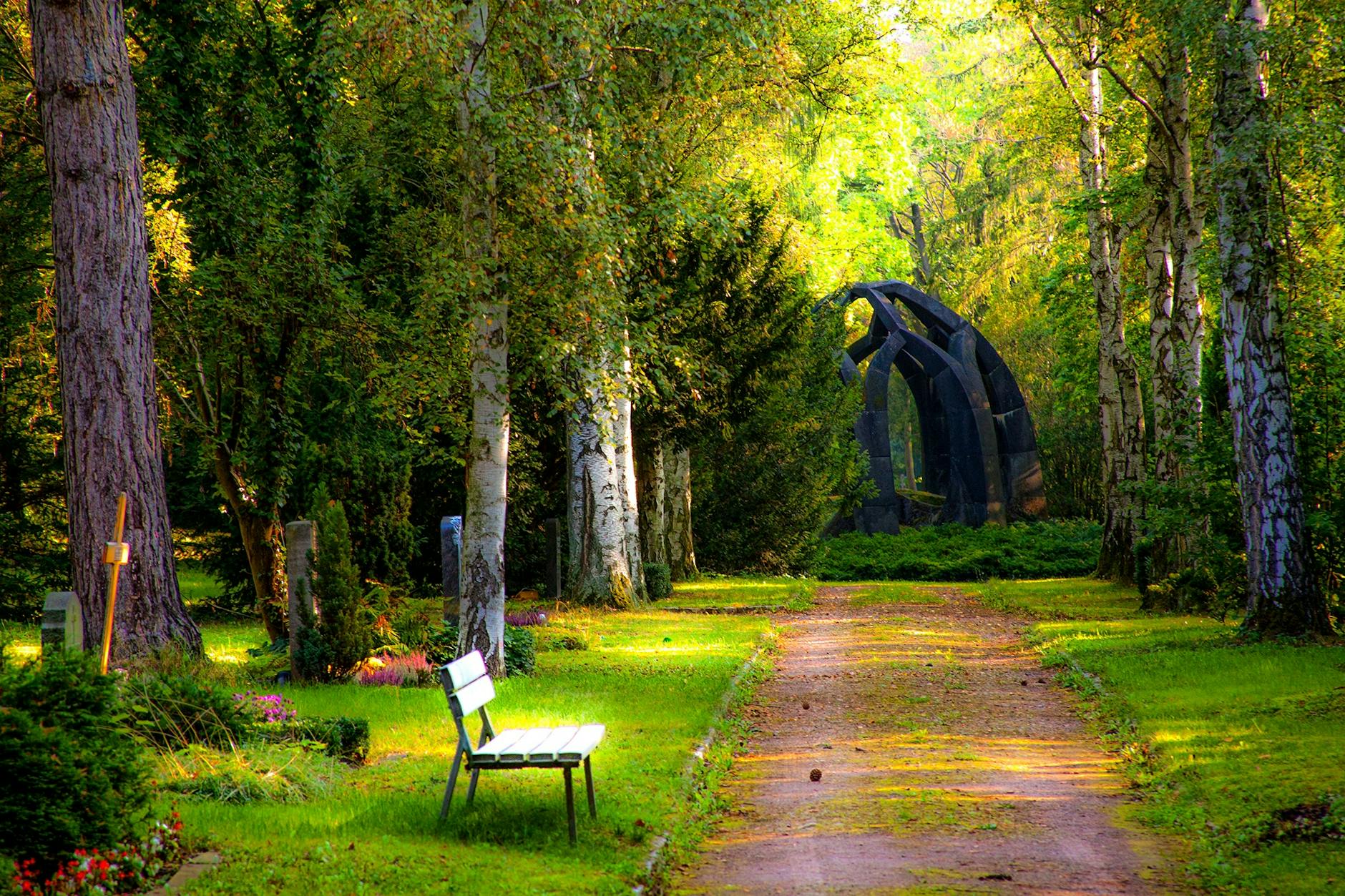By: Jayla Cornelius
The permanent ban of plastic bag usage in commercial spaces has been an ongoing issue linking cities around the world. In countries like Australia, the conversation continues as the local government considers the institution of the “Plastics Reduction and Circular Economy Act.” This act, much like similar acts being proposed in other countries, aims to “protect the environment and human health … promote and support the principles of a circular economy (and) reduce the impact … of items, waste from items and waste material on the environment and human health,” according to Environment Minister James Griffin. This act took effect June 1, 2022 and these efforts are coupled with encouragement from businesses and local store owners for consumers to switch to reusable bags.
This conversation in Australia is just as important to the one that started in Bangladesh back in 2002 when it passed its landmark bill banning single-use bags. This was an interesting bill not only because it would go on to pioneer the plastic bag ban movement, but also because the punishments for violating this act brought an added seriousness to the issue. According to Rule 6ka of Clause-5 under Section-9 of the Bangladesh Environment Conservation Act, the penalty for using plastic bags/products made of polyethylene or poly-propeleyne was astounding. For production of these banned items: 10 years sentence of “vigorous prison” or a 1 million taka (10,750 USD) fine. For sale, store, distribution, transportation, or use for commercial purposes: 6 month sentence of vigorous prison or 10 thousand taka (107.50 USD) fine. Although this ban proved difficult to implement and enforce, it highlighted the importance and severity of the issue as it blatantly affected the surrounding ecosystems.
To bring this conversation back home, we can take a quick look at what is happening here, in the United States. According to the most recent report published on February 8, 2021 by the National Conference of State Legislatures, eight states—California, Connecticut, Delaware, Hawaii, Maine, New York, Oregon and Vermont—have banned single-use plastic bags. The famous question of “should we ban the bag?” is coming under fire, however. Researchers at the University of Georgia found that specific California communities with this bag policy “saw sales of four-gallon trash bags increase by 55%, to 75%, and sales of eight-gallon trash bags increase 87%, to 110%.” The intentions of this ban seem to be backfiring as the demand for unregulated bags increased. Overall, the researchers deemed that the effects of the ban are a net positive but the data serves as a warning to all concerned that this will not be an easy issue to fix.
To wrap things up for now, I would like everyone to reflect on the detrimental effects that plastic disposal has had on our ecosystems for decades. A list of major contributors to plastic pollution have poisoned, starved, and killed over 100 million marine organisms each year. Over this time, many grassroots organizations have advocated for the removal of plastic sources ranging from plastic soda holder rings to plastic bottles and cutlery. I encourage everyone reading to join me in continuing this conversation and finding ways on campus, no matter how small, to help us move towards a cleaner world.
Here are some resources for anyone interested in exploring this issue further:
NSW plastic bag ban explained: How it affects you | news.com.au — Australia’s leading news site
Single Use Plastics Ban Burwood Council (nsw.gov.au)
The Biggest Contributors to Plastic Waste in our Oceans – How Everyday Australians Can do their Bit – Eat Pray Workout
Which Plastics are the Major Contributors to Plastic Pollution? | rePurpose Global Blog
Bangladesh: world leader in banning plastic bags – Ecospearbd
Are plastic bag bans backfiring? | TechCrunch





